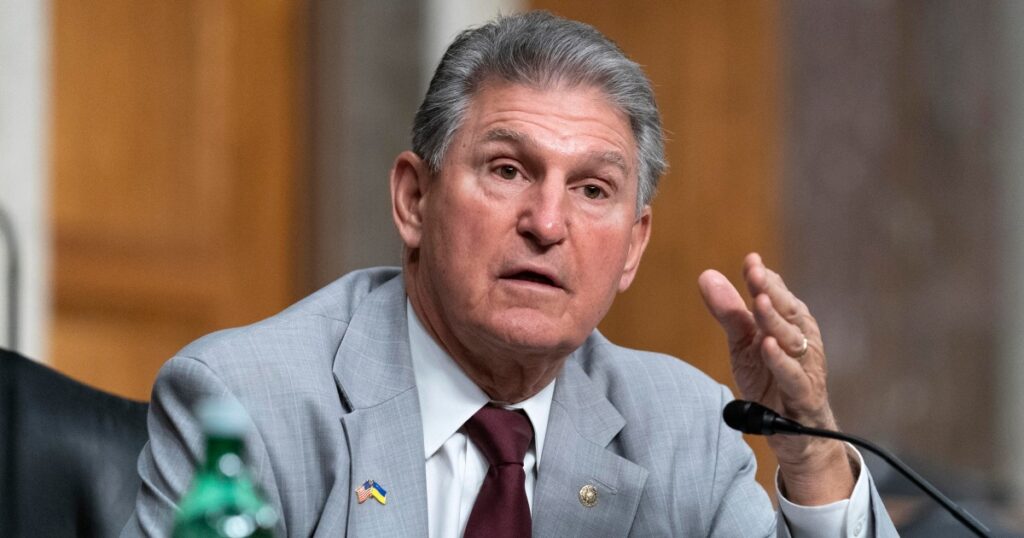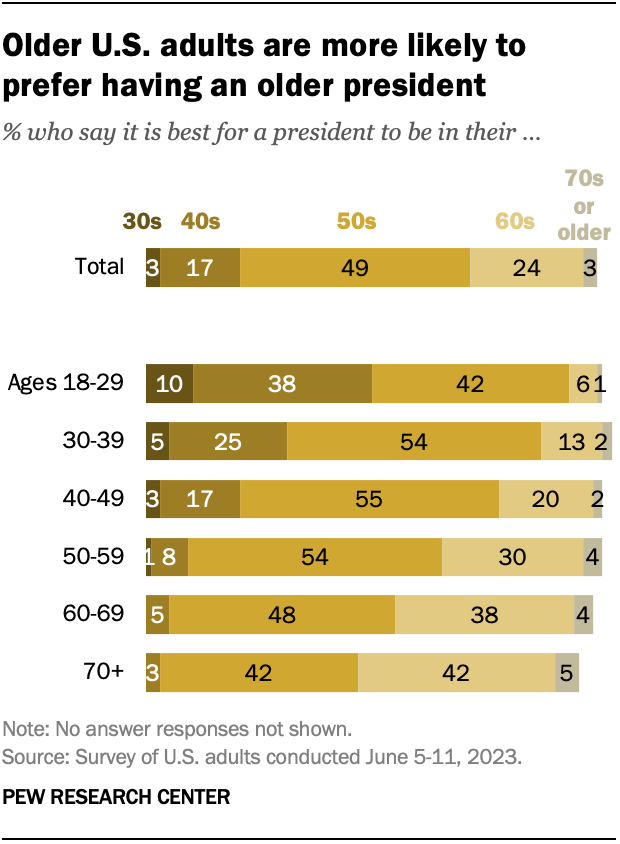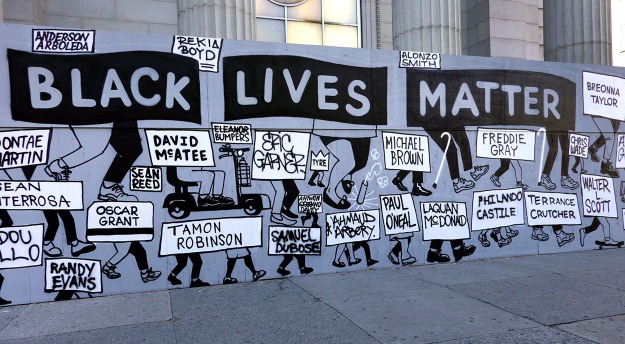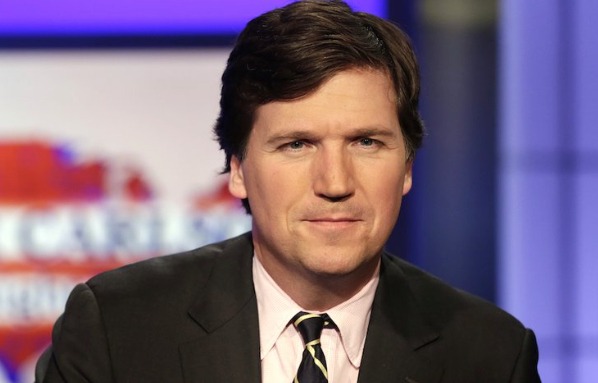Understanding the US Economy Debt Ceiling
The US economy debt ceiling refers to the maximum amount of money that the US government can borrow to finance its operations and meet its financial obligations. It is a legal limit set by Congress to control the amount of debt the government can accumulate. The debt ceiling is an important tool for fiscal discipline and ensures that the government does not spend beyond its means.
When the US government reaches the debt ceiling, it cannot borrow any more money unless Congress raises the limit. This can have serious consequences for the economy, as it may lead to a government shutdown or default on its debt obligations. The debt ceiling has been a topic of intense debate and political wrangling in recent years, as lawmakers try to balance the need for fiscal responsibility with the need to fund government programs and services.
Key Factors Influencing the Debt Ceiling Debate
Several key factors influence the debt ceiling debate in the US. One of the primary factors is the level of government spending. When spending exceeds revenue, the government must borrow money to cover the shortfall, which increases the national debt. This can put pressure on the debt ceiling and necessitate its increase.
Another factor is the political climate and partisan dynamics in Congress. The debt ceiling debate often becomes a battleground for political parties, with each side using it as leverage to push their own agenda. This can lead to prolonged negotiations and uncertainty, which can have negative effects on the economy and financial markets.
Additionally, economic factors such as interest rates and economic growth can impact the debt ceiling debate. Higher interest rates increase the cost of servicing the national debt, putting additional strain on the debt ceiling. Economic growth, on the other hand, can generate more tax revenue and reduce the need for borrowing, potentially alleviating pressure on the debt ceiling.
In conclusion, the US economy debt ceiling is a crucial aspect of fiscal management. Understanding its implications and the factors that influence the debt ceiling debate is essential for policymakers and citizens alike. By balancing the need for responsible spending with the need to meet financial obligations, the US government can ensure the stability and sustainability of the economy.







